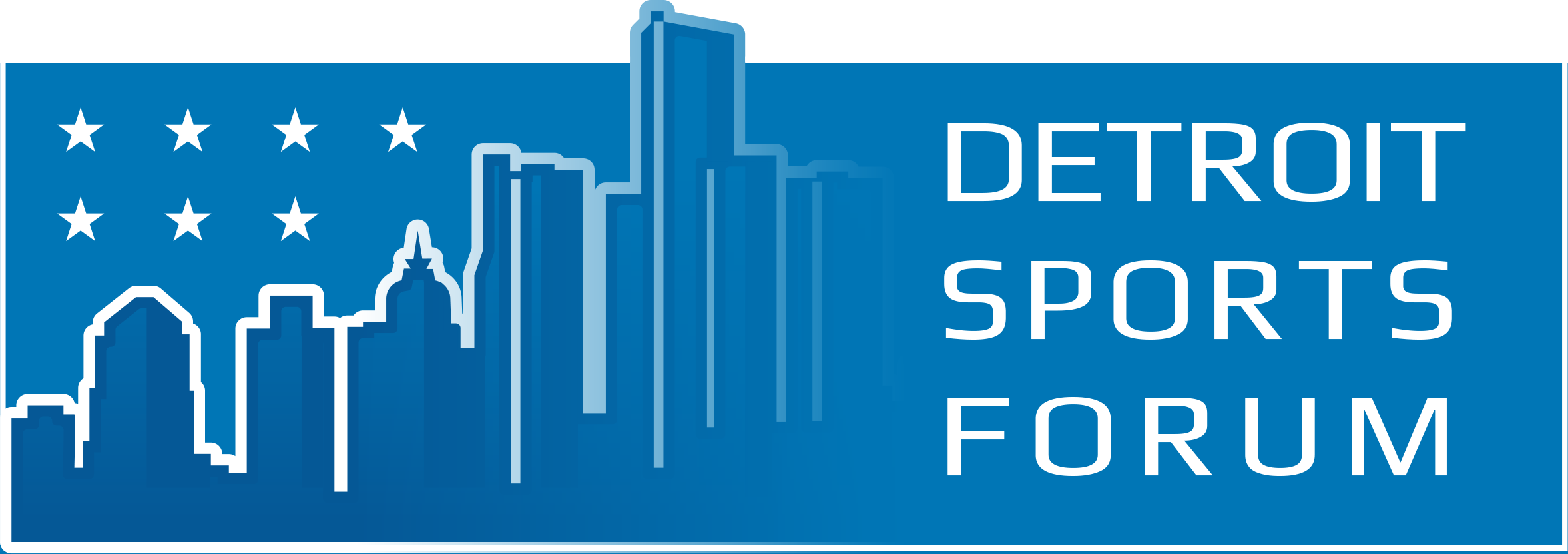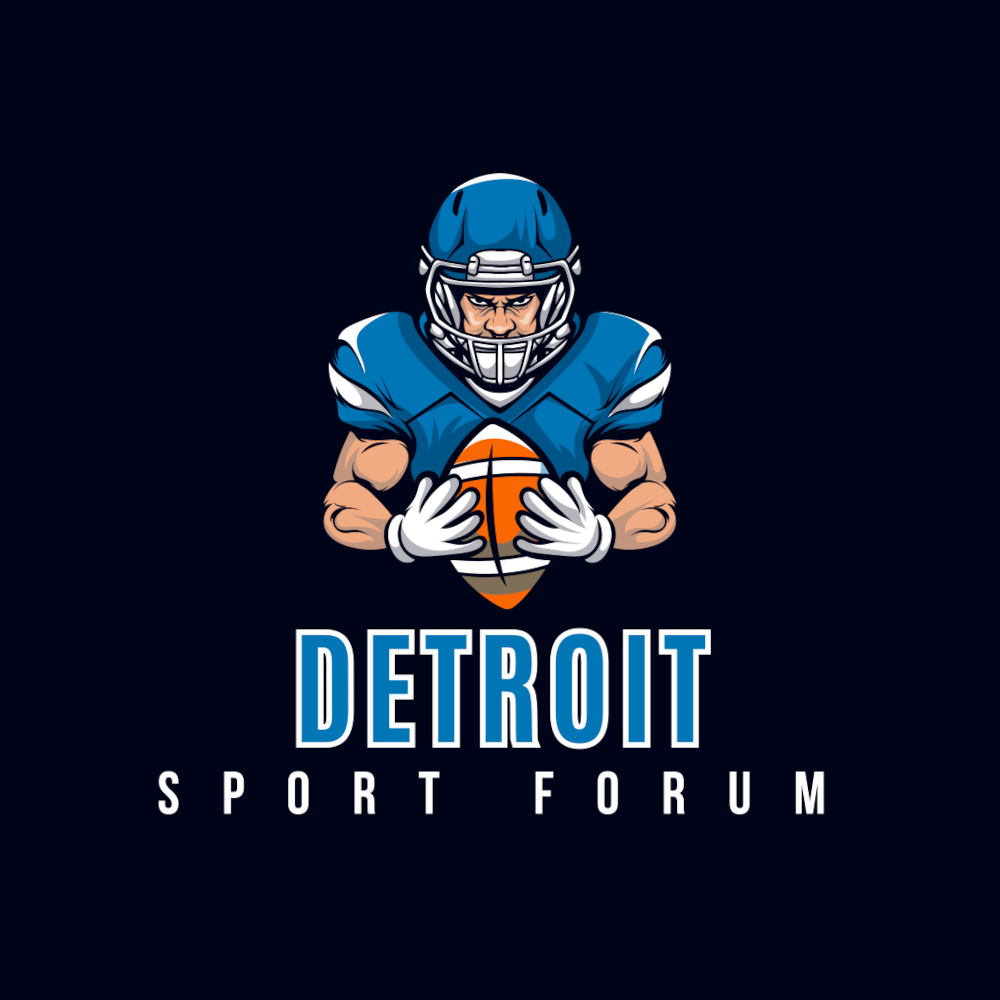Perhaps the proliferation of the rabbit ball and PEDs had an effect of the differential between the two eras? Are pitchers included in league averages? And does this not further illustrate Kaline's greatness?
1962 MLB AVG OF = .794 OPS
1962 MLB AVG = 59.9 PA/SBA
1967 MLB AVG OF =
.733 OPS
1967 MLB AVG = 52.7 PA/SBA
1972 MLB AVG OF =
.728 OPS
1972 MLB AVG = 48.1 PA/SBA
1977 MLB AVG OF = .778 OPS
1977 MLB AVG = 33.7 PA/SBA
1982 MLB AVG OF =
.748 OPS
1982 MLB AVG = 33.6 PA/SBA
1987 MLB AVG OF = .790 OPS
1987 MLB AVG = 31.7 PA/SBA
1992 MLB AVG OF =
.728 OPS (1991 = .738, 1993= .766)
1992 MLB AVG = 29.4 PA/SBA
1997 MLB AVG OF = .786 OPS
1997 MLB AVG = 36.0 PA/SBA
2002 MLB AVG OF = .794 OPS
2002 MLB AVG = 46.3 PA/SBA
2007 MLB AVG OF = .787 OPS
2007 MLB AVG = 42.8 PA/SBA
2012 MLB AVG OF = .756 OPS
2012 MLB AVG = 37.9 PA/SBA
Impacts like rule changes (over-sized gloves for infielders banned 62, mound height in 69, DH in 73), divisional splits (69 & 94), and expansion (61, 62, 69, 77, 98) has had more effect watering down the pitching, thus increasing the offense.
Additionally, astro turf stadiums came around in the late 60s/early 70s and were replaced by the late 90s. Astro turf stadiums generally equated to small ball (stolen bases, hit and run, etc). Now we generally have baseball only stadiums with real grass. After a few years, it tends to stabilize. You would think the higher the on base rate, the higher the stolen base attempted. But that is actually contrary to what has basically happened.
(Astro Fields)
Astrodome (HOU) 1965-1999
Busch Stadium II (STL) 1970-1995
Candlestick (SFG) 1971-1978
Exhibition (TOR) 1977-1989
Kaufman (KCR) 1973-1994
Kigndome (SEA) 1977-1999
Metrodome (MIN) 1982-2003
Olympic Stadium (MON) 1977-2001
Riverfront (CIN) 1970-2000
Three Rivers (PIT) 1970-2000
Veteran's (PHI) 1971-2000




